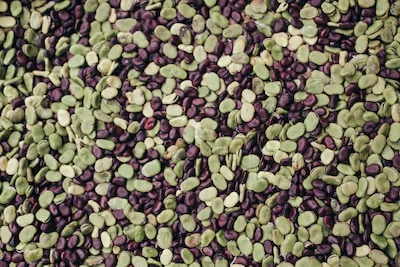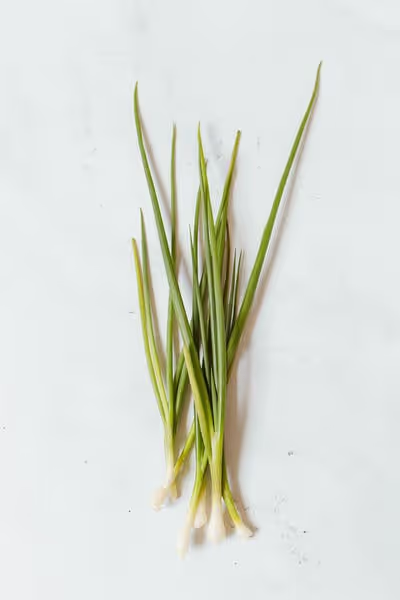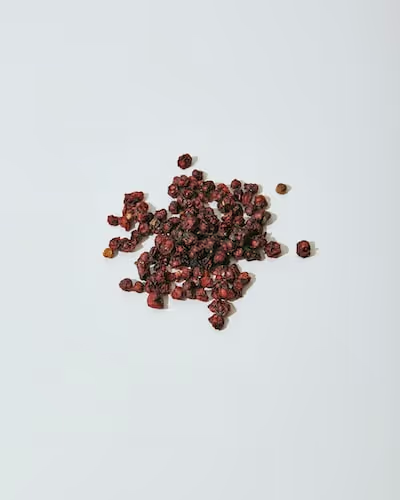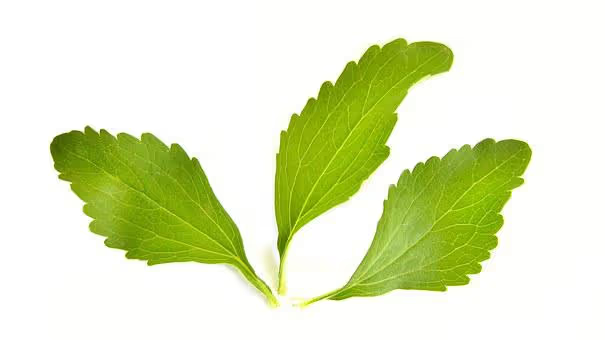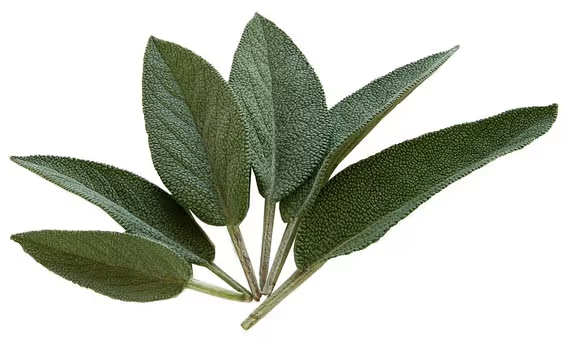Growing Chervil: A Delicate Herb for Culinary Gardens
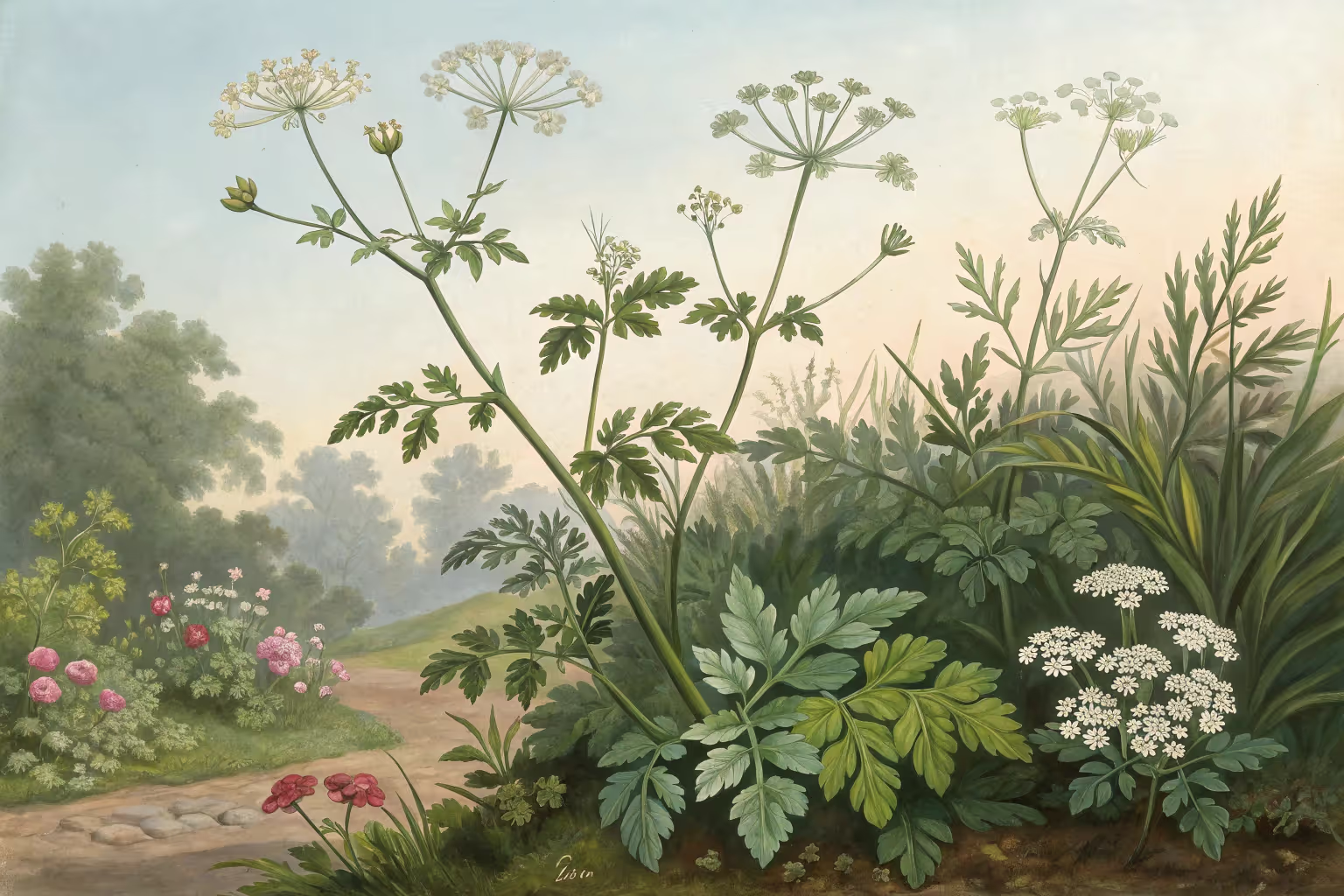
Growing Chervil
Growing chervil gives your garden a subtle culinary touch and fresh greenery for mild seasons. Sow this delicate herb in rich, moist soil somewhere partly shaded, and watch as it quickly sprouts fine, fern-like leaves ready to snip. For steady flavor, plant chervil successively through spring and fall. Intrigued? Read on to master simple methods for enjoying your own homegrown Anthriscus cerefolium, prized in French dishes for its mild, anise-like charm.
Cheatsheet: Fast Facts for Flourishing Chervil
🌱 Quick Start
- Annual herb, Apiaceae family
- Sow spring or late summer
- Harvest in 6-8 weeks
- High vitamin C, antioxidants
🌞 Site & Soil
- Prefers partial shade; bolts in heat
- Rich, moist, well-drained soil (pH 6.0-7.0)
- Container, ground, or window box friendly
🌱 Planting Steps
- Direct sow; do not transplant
- Sow seeds 1/4 in (0.5 cm) deep, 6 in (15 cm) apart
- Keep soil consistently moist
- Thin to 8 in (20 cm) spacing
💧 Water & Care
- Keep evenly moist but avoid soggy roots
- Mulch to preserve moisture and cool roots
- Feed with light, organic fertilizer
✂️ Harvest
- Snip outer leaves when 4-6 in (10-15 cm) tall
- Harvest before flowering for best flavor
- Succession sow monthly for continuous yield
🪴 Tools and Products You’ll Need
- Chervil seeds (Anthriscus cerefolium)
- Seed tray or garden bed
- Mulch (straw, leaf mold)
- Watering can or drip hose
- Small snips or scissors
- Compost or balanced organic fertilizer
🍽️ Culinary Uses
- Classic in French fines herbes blends
- Add at end of cooking; heat dulls flavor
- Contains potassium, mild anise flavor
Why Chervil Deserves a Spot in Your Herb Garden
I first encountered chervil (Anthriscus cerefolium) at a quaint bistro in Lyon, France. The delicate anise scent drifting from my salad plate intrigued me immediately.
Years later, it's become integral to my home garden—refreshing, versatile, and surprisingly low-maintenance.
Understanding Chervil: A Quick Primer
Chervil, often called French parsley, belongs to the carrot family and thrives in cool weather. Its lacy leaves add subtle anise and parsley notes to dishes, a true delight for culinary adventurers.
Unlike many herbs, chervil prefers shade, making it perfect for those tricky, underutilized garden spots.
Choosing the Ideal Spot for Growing Chervil
Growing chervil requires minimal sunlight—about three to five hours of gentle morning sun daily. Afternoon shade or filtered sunlight ensures prolonged leaf production, delaying premature flowering.
I typically plant chervil beneath taller herbs, such as dill or fennel, or even under mature fruit trees. This mimics its natural woodland habitat and keeps the leaves sweet and tender.
Sowing and Caring for Your Chervil Plants
Sow seeds directly in well-drained soil in early spring or late summer, about 1/4 inch (0.6 cm) deep. Space plants roughly 6 inches (15 cm) apart to allow room to breathe.
- Maintain consistently moist (not waterlogged!) soil.
- Mulch lightly to retain moisture and prevent weeds.
- Watch out for bolting, as chervil quickly goes to seed in warm temperatures above 75°F (24°C).
One spring, an unexpected heatwave here in Portland pushed temperatures well beyond chervil's comfort zone. Bolted plants lose their flavor and tenderness, so timing your sowings accordingly is essential.
Harvesting and Enjoying Chervil
Pick chervil leaves frequently once plants reach about 4 inches (10 cm). Regular harvesting encourages new growth and prevents the plant from flowering prematurely.
"Chervil's aroma fades quickly after harvest. It's best enjoyed fresh or added at the end of cooking to retain its delicate flavor."
In the Kitchen
I sprinkle chopped chervil generously over soups, omelets, roasted vegetables, and salads. It's magical paired with eggs or delicate fish—subtle yet transformative.
Common Challenges and How to Solve Them
Aphids and slugs occasionally take interest in chervil's tender foliage. Regularly check under leaves and remove pests by hand or rinse gently with water.
Remember, chervil dislikes disturbance, so handle gently and avoid transplanting whenever possible. Direct sowing ensures the best outcomes.
Why Growing Chervil Makes Your Garden Richer
Aside from flavor, chervil attracts beneficial insects like ladybugs, lacewings, and hoverflies. These natural pest controllers contribute to your garden's health and biodiversity.
If you're hunting for aromatic excitement in a shaded, cool corner, chervil awaits. It's elegant, flavorful, and decidedly easygoing—a culinary and horticultural delight waiting to be discovered.
Frequently Asked Questions about Growing Chervil
What kind of soil does chervil prefer?
Chervil flourishes best in rich, fertile soil with good drainage and a neutral to slightly alkaline pH (6.5–7.5). Before planting, enhance soil texture with compost or aged manure to ensure healthy growth.
How often should chervil be watered?
Water your chervil plants consistently, aiming to keep the soil lightly moist but never waterlogged. Usually, watering twice a week provides sufficient moisture, though frequency might increase during hotter, drier periods.
Does chervil thrive best in sunlight or shade?
Chervil grows best in partial shade or mild sunlight conditions. Provide the plant with about 4–6 hours of indirect or filtered sunlight daily, avoiding intense midday sun, especially during warmer months.
When and how should chervil be harvested?
Harvest chervil leaves approximately 6–8 weeks after planting, once plants reach around 6–8 inches (15–20 cm) tall. Using scissors, clip leaves from the outer parts first, encouraging continued development from the center.
Does chervil grow better indoors or outdoors?
While chervil thrives outdoors in moderate climates, it also adapts successfully indoors. Ensure indoor pots have good airflow, consistent moisture, and indirect sunlight. Position near a north- or east-facing window for best performance.
How do I prevent chervil from bolting?
To reduce the risk of chervil bolting, plant during spring or early autumn when temperatures stay mild (around 50–70°F or 10–21°C). Keep the soil evenly moisturized, provide adequate shade, and avoid significant temperature fluctuations.
Can I companion plant chervil with other herbs or vegetables?
Absolutely. Chervil thrives alongside compatible plants like lettuce, radishes, carrots, or cilantro. Its presence repels aphids and attracts beneficial pollinators, supporting overall plant health and productivity.
Growing chervil is about capturing a fleeting bit of spring and coaxing it into your kitchen. Treat it like the delicate beauty it is—cool soil, dappled shade, and snips with respect. Regular harvests keep the leaves lush and the flavor at its peak. If you want the cleanest results or deal with hot summers, consider aeroponics for a steady, controlled crop. Add fresh chervil to your dishes at the last second, and you'll taste why chefs reach for it. This herb rewards patience and a light touch, bringing a quiet elegance to any garden—and every plate.
The Prepper's Guide to Growing Chervil for Self-Sufficient Kitchens
Why Include Chervil in Your Survival Garden
- Fast Growing: Ready to harvest in 6–8 weeks; provides quick nutritional yields.
- Low Inputs Needed: Thrives in partial shade, minimal fertilizer and water.
- Medicinal Value: Contains vitamin C, iron, antioxidants; historically used in digestive remedies.
- Continuous Supply: Self-seeds generously; ensures recurring harvests without resowing.
Ensuring Steady Chervil Harvests
- Continuous Sowing: Seed in succession every 3–4 weeks to prolong fresh herb availability.
- Drying Reserve: Air-dry excess foliage gently in shaded location for year-round seasoning after fresh harvest ends.
- Seed Saving: Collect mature seeds in autumn; store dry and sealed for next season's planting.
Preserving Nutritional Integrity During Storage
- Freezing: Freeze chopped leaves in ice cube trays filled with water or oil; maintains flavor and nutrition for 6–8 months.
- Infused Vinegar or Oil: Extend shelf-life by adding leaves to vinegar or olive oil; yields culinary and medicinal preparations lasting 6–12 months.
Protecting Chervil from Common Threats
- Natural Pest Control: Interplant with garlic, onions, or marigolds to deter aphids and slugs naturally.
- Frost Management: Cover plants lightly if temperatures fall below 32°F (0°C) to protect delicate foliage.
- Disease Prevention: Rotate planting spot annually; prevents fungal build-up and nutrient depletion in soil.
Find out which plants will thrive in your garden!
Answer a few fun questions and get custom plant recommendations perfect for your space. Let’s grow something amazing together!

start your season
